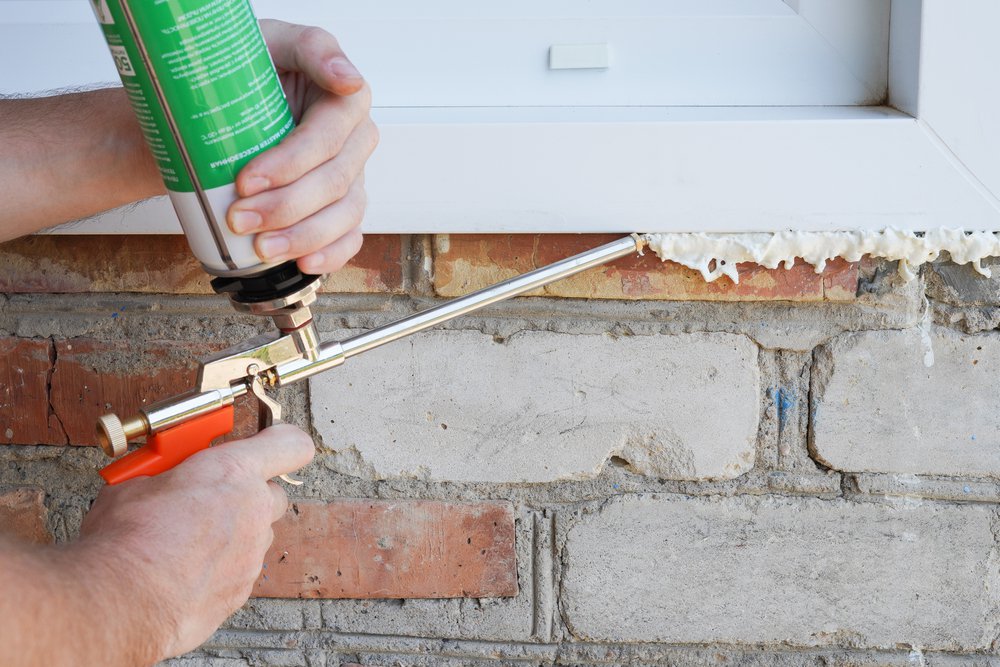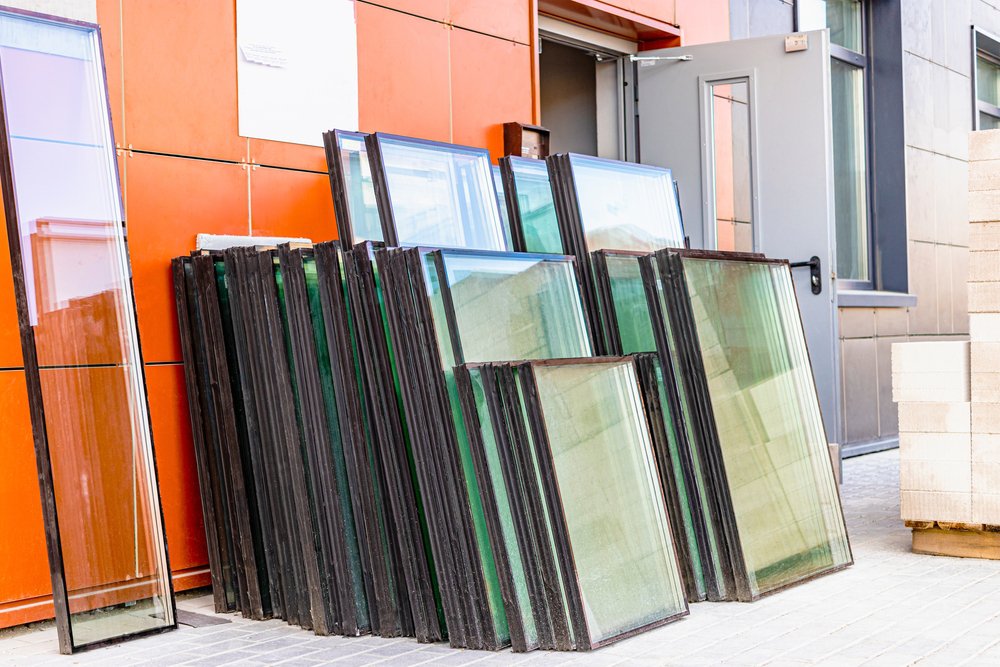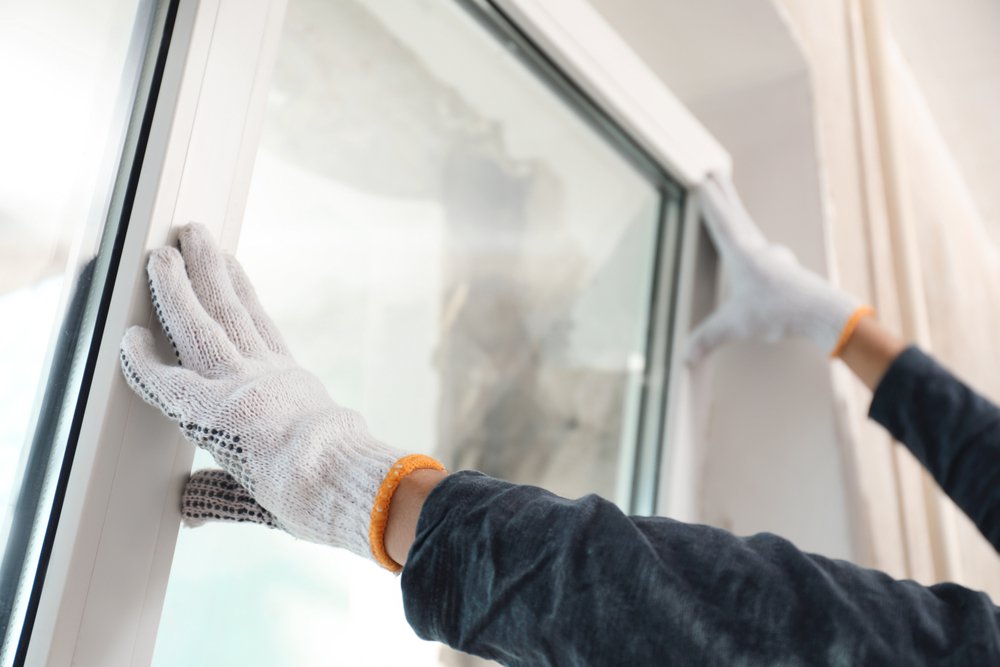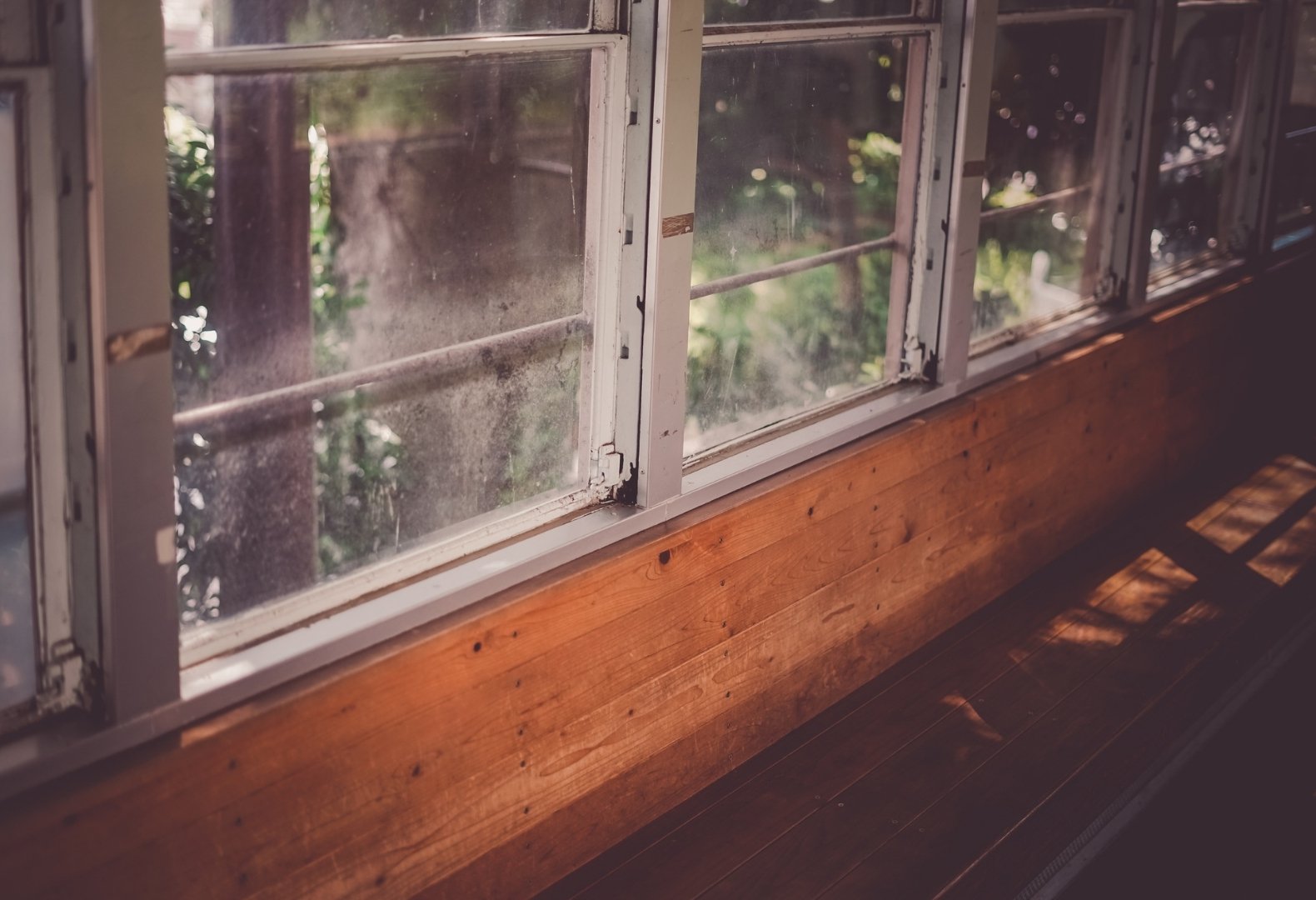Every modern building requires windows that deliver efficiency, comfort, and clarity year after year. The technology behind this performance lies in the components that keep glass systems thermally stable and structurally sound. Among these innovations, foam spacers play a critical role in minimizing heat transfer, reducing condensation, and improving long-term energy efficiency.
Today’s architectural designs demand glazing systems that merge sustainability with engineering precision. Manufacturers and builders rely on advanced spacer technology to ensure insulation consistency and lasting durability. Through continuous refinement, foam-based systems strengthen both comfort and performance across residential and commercial applications.
What Foam Spacers Do and Why They Matter in Modern IGUs
Foam spacers separate glass panes within insulating glass units to maintain consistent distance and prevent heat loss. They form airtight seals that stabilize gas-filled spaces and ensure comfortable indoor environments throughout the year. Because they expand less than metals, these components reduce edge stress and prevent seal fatigue.

Flexible materials used in foam spacers reduce perimeter heat loss more effectively than traditional aluminum bars. They improve U-values and contribute to better acoustic insulation, creating quieter, more energy-efficient interiors. As a result, these advanced components play a vital role in enhancing window thermal performance across modern building applications.
In both residential and commercial construction, these spacers help meet strict energy codes without compromising visual appeal. Their low conductivity keeps surfaces warmer, reducing condensation and ensuring consistent clarity. Architects and builders increasingly depend on them for dependable, high-performance window systems.
Foam Spacers vs. Aluminum Spacer Bars: Why the Difference Matters
Window spacer design plays a major role in achieving lasting energy performance and indoor comfort. Modern foam spacers provide superior insulation by reducing edge heat transfer and preventing seal damage over time. Comparing foam spacers to aluminum highlights clear gains in efficiency, durability, and sustainability across glazing applications.
| Feature | Foam Spacers | Aluminum Spacer Bars |
|---|---|---|
| Thermal Conductivity | Low conductivity minimizes heat transfer and improves insulation performance. | High conductivity allows unwanted heat flow and reduces overall efficiency. |
| Condensation Resistance | Maintains consistent edge temperatures, limiting condensation on interior glass surfaces. | Creates cold spots that encourage condensation near window edges. |
| Seal Longevity | Flexible materials absorb expansion and contraction, preserving edge integrity. | Rigid design increases stress on seals, leading to potential early failure. |
| Acoustic Control | Provides better sound absorption and vibration reduction between glass panes. | Limited noise dampening due to metal rigidity. |
| Energy Efficiency | Boosts window U-values and supports long-term energy savings. | Causes thermal bridging, lowering insulation performance. |
| Environmental Impact | Manufactured with recyclable components that reduce carbon footprint. | Production requires more energy and generates higher emissions. |
Switching from aluminum to modern spacers ensures windows retain their performance ratings longer. Their design enhances durability, limits maintenance, and supports sustainable construction aligned with which offers the best thermal performance.
How Foam Spacers Reduce Condensation and Improve Comfort
Foam spacers maintain warmer edge temperatures, preventing condensation buildup and preserving indoor air quality. Their low thermal conductivity keeps surfaces from reaching the dew point, reducing potential moisture damage. These systems also protect coatings, frames, and finishes from wear due to temperature changes.
Key Benefits for Comfort and Condensation Prevention:
- Reduce visible fogging for consistent clarity between glass panes.
- Minimize mold, mildew, and moisture-related issues near windows.
- Maintain balanced indoor temperatures and prevent cold spots.
- Extend seal life for reliable insulation.
- Support long-term energy savings across all building types.
Energy Efficiency Gains from Advanced Spacer Technology
Efficient windows depend on reducing energy transfer across every component. Low-conductivity spacers help maintain thermal equilibrium within the glass unit, lowering heating and cooling loads. The result is a measurable improvement in energy performance and cost reduction.
Windows featuring modern spacer systems can achieve up to 10% higher efficiency than aluminum-based designs. These systems also preserve coatings and seals under temperature stress, ensuring durability. Pairing Low-E glass with advanced spacers delivers maximum thermal control and product lifespan.
Lightweight designs reduce embodied carbon during manufacturing and transport. By improving energy performance without added materials, foam-based technologies help achieve long-term environmental and economic benefits.
The Role of Foam Spacers in Warm-Edge Technology
Warm-edge technology improves window efficiency by minimizing temperature changes along the perimeter of the glass. Through precise engineering, foam spacers create a continuous thermal barrier that resists heat transfer. Their adaptable structure helps prevent stress buildup and maintains seal integrity over time.
During cold conditions, warm-edge foam spacers reduce condensation by keeping interior glass surfaces warmer. They preserve gas fill stability within the unit, ensuring consistent insulation throughout seasonal shifts. This approach also lessens the risk of premature seal fatigue or material distortion.
Modern warm-edge systems support expansive glazing without compromising strength or clarity. They achieve optimal energy savings while maintaining sleek, unobtrusive designs. As a result, they are now the preferred choice for high-performance residential and commercial windows.

Ensuring Durability and Long-Term Glass Integrity
High-quality windows depend on resilient seals and structural balance. Foam spacers absorb thermal expansion, preventing edge stress that leads to premature seal failure. Their flexibility extends service life and reduces replacement costs for property owners.
Manufacturers conduct rigorous testing for adhesion, UV resistance, and moisture control to guarantee consistent results. Strict quality standards ensure long-term flexibility and gas retention, even under extreme conditions. With proper construction, foam spacers preserve both insulation and optical clarity.
Flexible spacer systems can handle large glazing areas without compromising structural stability. Consistent production standards ensure reliable performance across climates, providing lasting thermal and mechanical strength.
Building Energy Confidence Through Precision Glass Engineering
Energy-efficient windows combine advanced materials, precise engineering, and consistent production. Foam spacers enhance comfort, performance, and sustainability across multiple applications. Their resistance to condensation and heat retention ensures reliable comfort and clarity.
Manufacturers focused on precision develop glass systems that perform consistently under real-world conditions. Every insulated unit becomes an asset for energy efficiency and visual quality. Foam spacers reflect ongoing innovation in high-performance window design.
Insul-Lite Manufacturing™ incorporates foam spacers into its insulating glass units to optimize thermal performance and durability. Their systems maintain lasting clarity, comfort, and energy savings year-round. Learn more about energy-efficient glass solutions.





